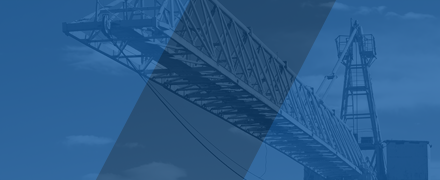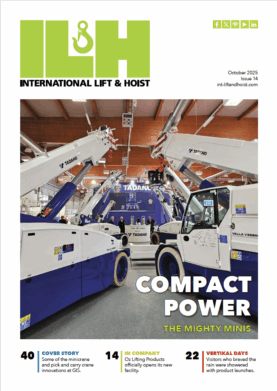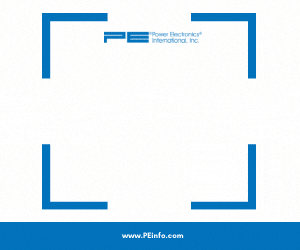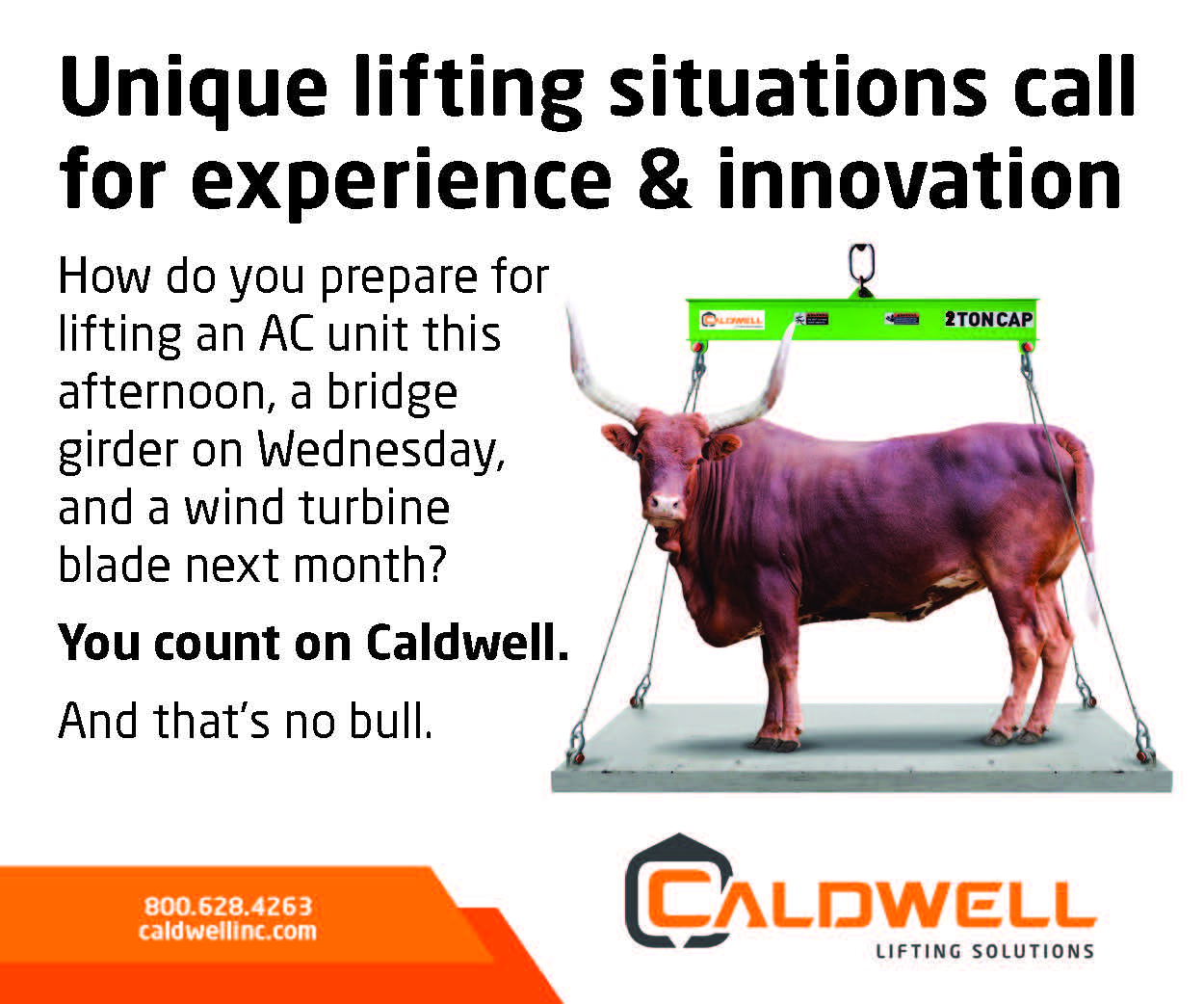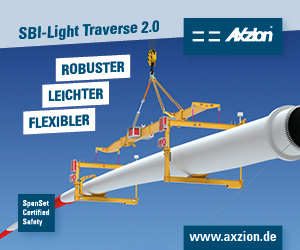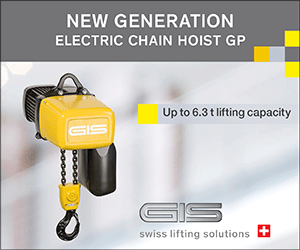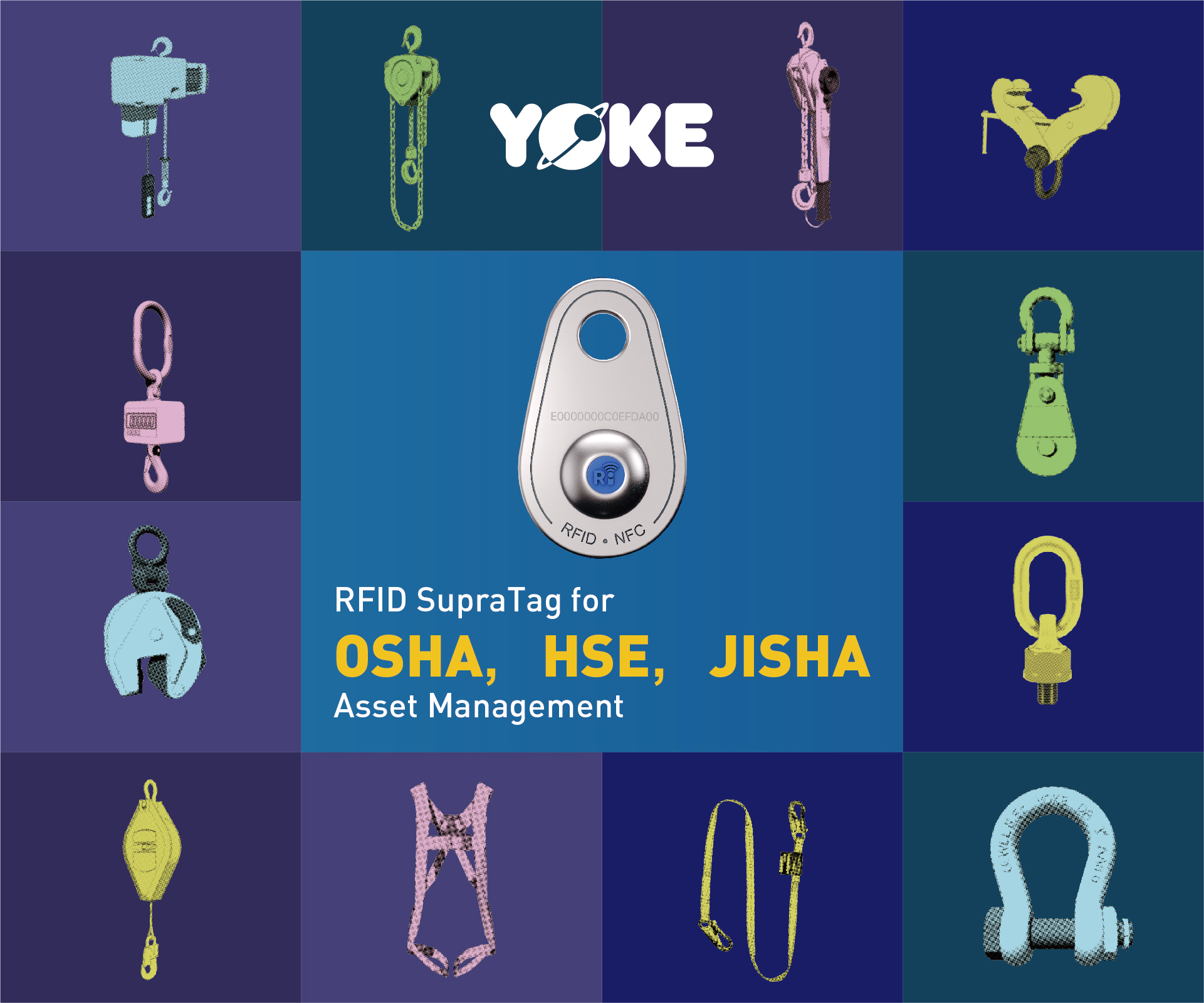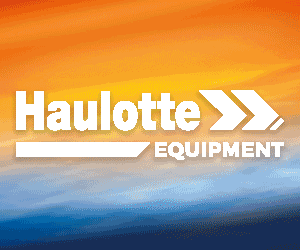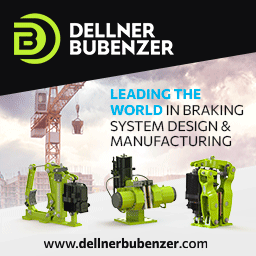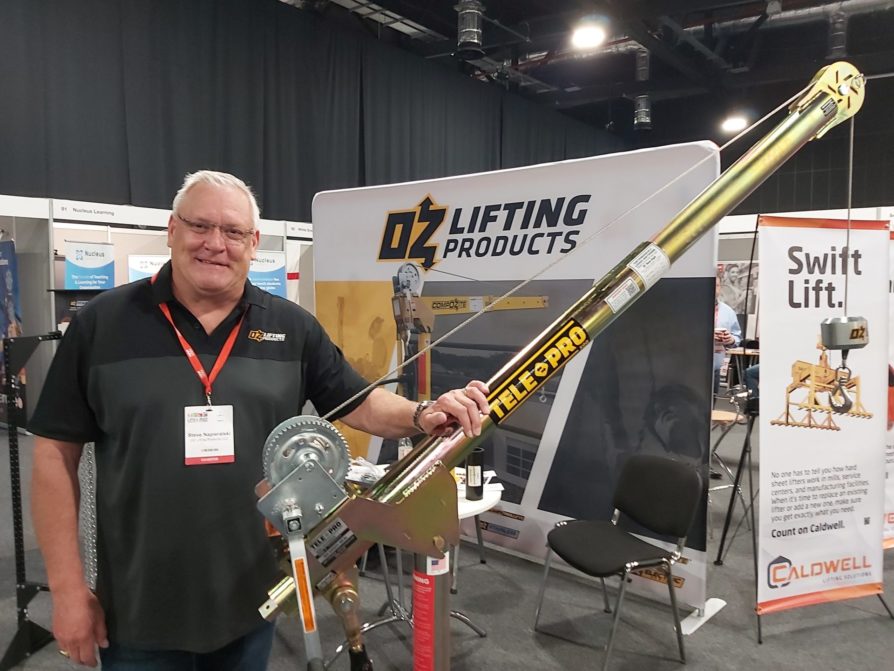)
Tele-Pros
If the lifting industry rejects technology, it impedes progress. Instead, look to transformative trends and innovative markets for inspiration, says Steve Napieralski, president at Oz Lifting.
When we were in the throes of redesigning one of our davit cranes (the Tele-Pro), it reminded me how much more technological this process has become. It also became apparent to the many teams within the company that contributed to the project, how important it is to be open-minded when it comes to adopting new concepts. Further, and perhaps most importantly, embracing things like automation and robotics can help a manufacturing business penetrate new industries.
From an engineering standpoint, our relaunched Tele-Pro facilitates smoother boom operation under load; enhanced manoeuvrability; clearer capacity limits; industrial, high-visibility powder coating; and simplified maintenance. However, it was the cutting-edge technology and advanced testing that we harnessed during the process that transformed the product from a crane that simply allows users to leverage the benefits of our other davits, while telescoping the boom in and out under load, into the most comprehensively relaunched product in our company’s history.
To reject this technological advancement or misconceive it as being only for other industries, would have hampered the redesign programme. Look at automation and robotics, for example. Their utilisation leads to higher accuracy, tighter tolerances, and longer-lasting equipment. What’s not to like about that?
It’s why I’m holding the door open to new technologies, whether they be the Internet of Things (IoT), Software as a Service (SaaS), Radio-frequency Identification (RFID), Artificial Intelligence (AI), or anything else besides. AI is a particularly relevant concept because it reminds me of when the Internet started to be talked about in the 1990s, or robotics at the turn of the century. Younger readers might not believe it, but both were originally met with the same scepticism as AI is by many people today, at least in terms of its application in material handling.
Every major technology shift brings pushback at first; that is, until it becomes part of daily life. With AI, the key is using it wisely as a tool, to enhance safety, efficiency, and decision-making — not replace human judgement. That’s nearly always the sticking point when it comes to new tech: will it put me out of work? It’s completely the wrong way to look at it. The Internet, for example, gave us search engines, but it’s our human intelligence that puts them to use to enhance our learning and experiences.
Automation trending
Regardless of what some might think, AI is here to stay – and its footprint in material handling is widening all the time, especially when it comes to predictive maintenance and system optimisation. My company recently exhibited at MHI’s ProMat show in Chicago, and the level of technology on display was incredible. From autonomous forklifts to AI-driven inventory systems, it’s clear the industry is shifting toward smarter, faster operations. It’s not all applicable to lifting just yet, but seeing the industry trend toward automation is undeniable.
As with the Internet and robotics before it, the smart folks are the ones accepting change and exploring ways to use it. You can’t keep doing things the same way and expect better results. The key is staying curious and being open to tools that can make jobs safer and more efficient. The future belongs to those willing to evolve.
It doesn’t mean the rules of engagement are drastically altered; it means the tools we use to advance our ability to solve problems are more technological. We’re still in daily contact with the point of use, through our reps and distributors, because their stories enable us to point all the smart new tech in the right direction. When we hear a challenge or a gap, we jump on it. How can we make the job easier, more efficient, and above all, safer? That’s where real innovation begins. To once more use the Tele-Pro davit crane as an example, the improved telescoping boom allows for use in an even wider range of applications. In other words, we took a problem, solved it with the help of technology, and now it is being used in more marketplaces than ever before.
Technology, inescapably, opens doors when you’re willing to look beyond your own backyard. If a solution works in one industry, why not adapt it to lifting? That kind of crossover thinking helps us break into new markets with smarter, more capable products. It’s all about spotting the opportunity and running with it.
Pushing for the next breakthrough drives our team every day. If adopting new tech helps us break into a tough market, that’s a win and a sign we’re truly moving the industry forward. That’s what we’re here for. Technology has helped us expand beyond traditional rigging into sectors like aerospace, aviation, and even renewable energy. Our innovations in portable lifting solutions and smart controls have opened doors where precision and safety are non-negotiable. It’s exciting to see our products solving new challenges in these fast-evolving markets. Increasingly, technology is becoming a baseline expectation in some markets – say, military – but every industry needs to innovate to stay relevant.
Magic circle
Here’s the really fun part: new markets give back in terms of how they can impact other sectors and traditional best practices too. Sometimes that means stepping up where the industry hasn’t caught up yet. Take davit cranes, for instance. There aren’t any formal safety standards yet, so we borrow testing and safety protocols from other regulated markets. We do more than just meet expectations because keeping our customers safe is non-negotiable. It’s a void we’re proud to help fill.
We’ve found aerospace to be a goldmine for lifting, especially when it comes to materials. We created the very first pultruded fibre glass davit crane – the CompOZite – and it’s still one of our most popular models. By borrowing breakthroughs in lightweight, high-strength materials (and advanced motion/movement/controls) from aerospace, we keep pushing our products to be stronger, lighter, and safer.
Our CompOZite model weighs only 83lb; the carbon fibre CompOZite Elite, meanwhile, is the world’s most innovative davit crane, offering the same capacity with a total crane weight of only 37lb. If we hadn’t been open to solving the material handling challenges of aerospace, the genius of aviation manufacturing wouldn’t work in harmony with our engineers. The Smart Latch mechanism on our CompOZite and Tele-Pro lines has a US Patent.
If composites and aerodynamics from aerospace are already reshaping material handling by making equipment lighter and stronger, imagine what automation can do if given the opportunity to flourish. Take the simple mechanical material handling winch or hoist as a case in point; it converts rotary motion into linear lifting or pulling. Why do we have to stay with that same method of conversion of motion in material handling? Automation brings a whole new realm to the way we can convert and use motion for lifting or handling materials. The future is going to be all about controlling motion in bold new ways.
Solid-state lubrication, self-healing materials, ceramic bearings, and frictionless movement all have a role to play. As tech evolves everywhere, material handling has to keep pace with smarter, smoother ways to move loads. The winners will be those who borrow and adapt the best ideas from other markets. Those who don’t risk falling behind. It’s a never-ending circle; to stay competitive in all markets, companies must be innovative and bring new technologies into the industries that they serve. Material handling is considered an old-school industry in terms of technology. If you don’t innovate, you’ll be left in the dust. If you snooze, you lose.


